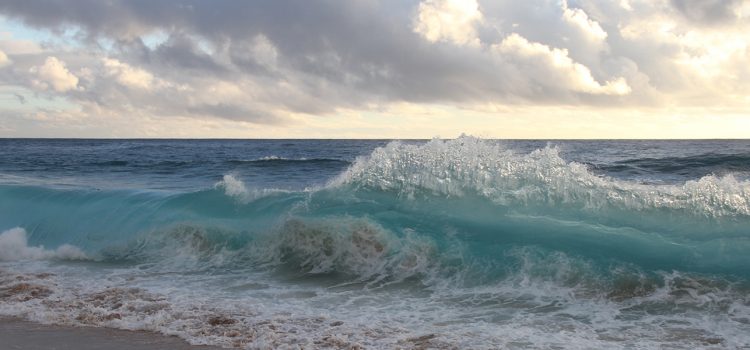

Rising sea level puts beaches and coastal infrastructure at risk. Ocean and coastal engineers traditionally protect coastlines and harbors by building breakwaters that redirect and/or dissipate wave energy. However, this represents a significant loss of energy – energy that might be put to other use! In fact, wave energy conversion (WEC) devices are specifically designed to harness wave energy. Is it possible to design a WEC that is also a breakwater? Can we harness wave energy while protecting our coasts/harbors at the same time?
This is the aim of a new project funded by the National Research Foundation: Controlling Cross-shore Sediment Transport by Integrating Pile Breakwaters with Wave Energy Converters for Sustainable Coastal Management. The long-term goal of this research is to promote the concept of coastal management with sustainable technologies. Relying on recent development in two-phase flow simulations, this research will improve understanding of hydrodynamic and sediment processes in the vicinity of bottom-sitting coastal structures of complex geometry. It will enable better prediction of shoreline evolution protected by an Oscillating-Water-Column (OWC)-pile breakwater.
This three-year project is led by ORE Associate Professor Zhenhua Huang.
